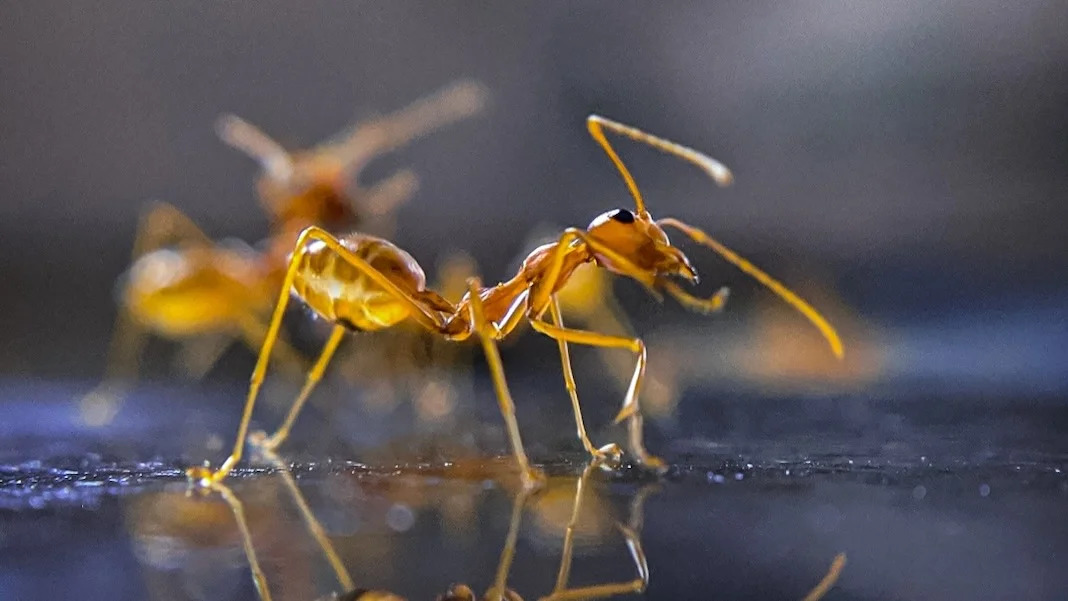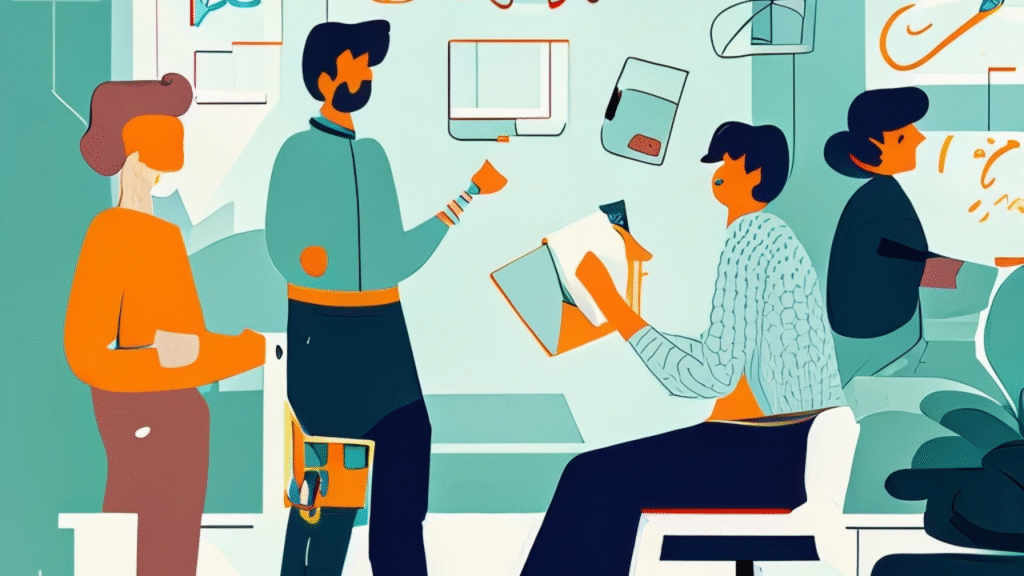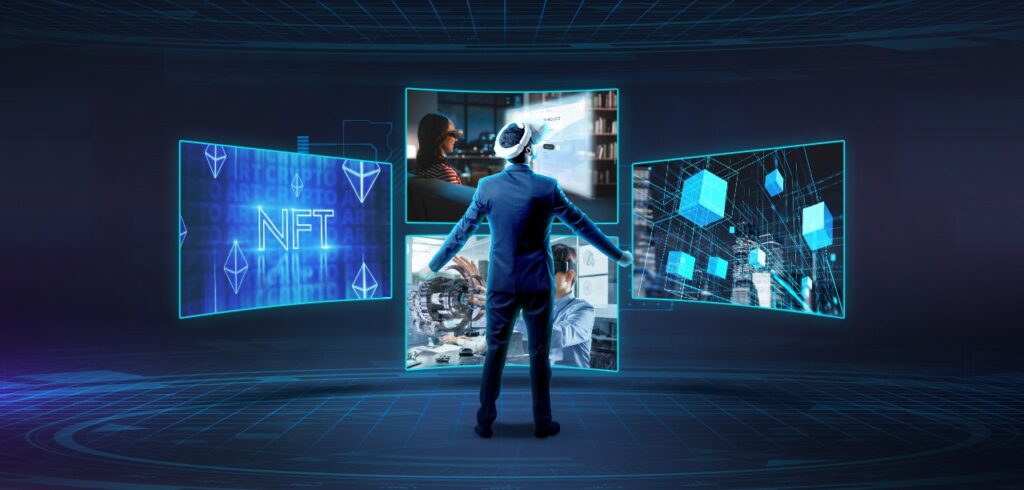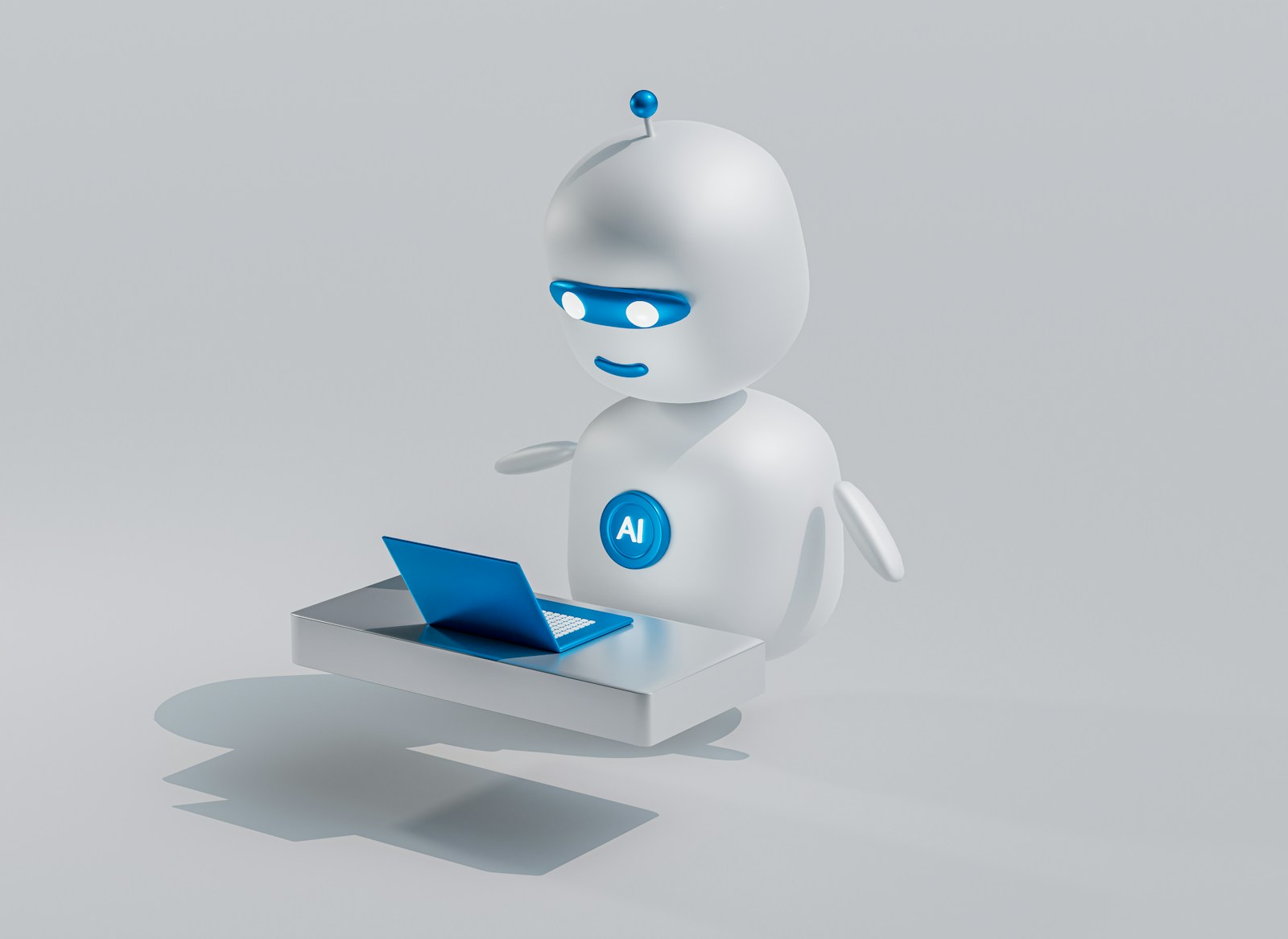The Surprising Ant Strategy That Could Transform Robotics

In the world of teamwork, bigger isn’t always better. When humans gather for a game of tug-of-war, each individual typically puts in less effort as the group size increases, a phenomenon psychologists call “social loafing”, which has puzzled researchers for over a century. Earlier this year, however, a radical new method of cooperation was quietly being developed in the tropical forests, where the weaver ants construct their elaborate, labour-intensive leaf nests. What is being done there is potentially a game-changer in the field of cooperation and is likely to inspire the development of the next generation of robotic systems.
Breaking the Teamwork Paradox

New research reveals that weaver ants (Oecophylla) have solved what researchers describe as “a problem that has plagued human teams for centuries.” In contrast to human teams, which perform worse as more people are added, weaver ant teams are found to be superefficient: as the size of the team increases, each individual force production also increases, the researchers found out.
This discovery challenges fundamental assumptions about group dynamics. When human teams grow larger, they tend to lose efficiency due to loss of coordination and a decrease in the individual contribution, but the opposite is true of weaver ants, as their pulling power increases with the number of weaver ants in the team. The results are much more than just entomological and provide a biological roadmap to designing more efficient robotic swarms and multi-agent systems.
The Force Ratchet Mechanism
The secret lies in what researchers call a “force ratchet” system. Chains may operate as “force ratchets,” with active pullers loading force into chains of passive resisters to overcome coordination loss. When weaver ants work together to pull leaves for nest construction, they don’t simply add their efforts—they create a mechanical advantage that amplifies their collective strength.
Imagine this, the ants will actively pull, and the other serve as anchors. It is a pulley system, and when ants join, they increase the pulling force twice. Such division of labour turns what might have been a chaotic tug-of-war into an engineering performance of the most faultless organisation. The pulling ants would create forces greater than those exerted by the pulling action alone because of the anchoring ants, who would offer stability and resistance.
This biological mechanism represents a sophisticated solution to one of robotics’ most persistent challenges: how to maintain or improve efficiency as the number of agents in a system increases.
Revolutionary Implications for Robotics

This discovery was made at the prime time of accelerated development of swarm robotics and multi-agent artificial intelligence in the context of August 2025. Swarm robotics deals with the design, deployment and analysis of large numbers of robots, which cooperate to tackle tasks in a distributed fashion, although coordination overheads affecting current systems can be problematic as the number of entities in the team increases.
Recent studies in collective intelligence in swarm robotics have found some of the main issues that the discovery of the weaver ant could solve. The current issues are to increase the reliability of models using small swarm sizes and to adjust performance using a few free parameters. The ant model gives a solution that, instead of sacrificing it scales up in efficiency naturally.
Dynamic Role Assignment
Dynamic role switching may be considered as one of the most promising applications. In today’s robots, agents have pre-defined roles during an activity. The weaver ant model suggests that robots could dynamically alternate between “puller” and “anchor” roles based on real-time conditions, optimising the force distribution across the entire system.
This strategy can transform the way to collaboratively manipulate objects, with multiple robots that should cooperate in order to organise the heavyweight objects or achieve the final assembly with high precision. The system would instead intelligently divide functions and multiply the mechanical advantage rather than merely adding up robots working together to make up a total force.
Decentralised Coordination
Conventional multi-robot control systems are conventionally centralised, and thus prove to be a bottleneck in such systems as they expand. The weaver ant model is based on nothing but local interactions; each ant reacts to only the direct physical feedback of its neighbours, and no master controller is necessary.
Such a decentralised solution fully complies with the trends of modern research on swarm robotics. The swarm robotics Model may be used to design things that exhibit intelligent properties through the cooperation of robots, and a real-life example of how complex collective behaviours can be generated can be done by the ant model.
Real-World Applications on the Horizon

- Construction and Assembly: The building and construction methods outlined can apply to structural construction, with robot teams sharing in lifting heavy structural pieces and anchoring the pieces as well. This would be beneficial in making the construction sites safer and efficient, especially in harsh places such as space construction or underwater structures.
- Search and Rescue Operations: The rescue robots could be sent in swarms to clear a path through the rubble or shore up a building; even the smaller rescue robots, which normally could only do light lifting duty, could use their force ratchet mechanism to progressively gain leverage to lift a stubborn object.
- Manufacturing: Robots on the assembly line could assist more efficiently with each other, and the dynamic distribution of roles will enable their responses to new product demands and unforeseen hardships to be quite flexible.
- Agriculture: Teams of agricultural robots cooperating to pick crops or transfer gear might profit from the boost in power achievable through effective organisation, thereby removing the need to have oversized gear in small or sensitive growing regions.
Overcoming Technical Challenges
The mechanics of this biological inspiration are obvious, but there are a few engineering challenges so far in translating the teamwork of weaver ants into robotic systems that researchers are working on.
The first challenge involves sensing and communication. Ants use touch and communication via chemicals to organise and direct their collective action, and robots will have to be equipped with elaborate sensor suites and messaging systems to match what ants can accomplish. This is becoming more possible in light of new haptic feedback systems and wireless mesh networking.
Another significant challenge is the development of appropriate hardware. The mechanical flexibility of the robotic systems will have to be such that the system can easily alternate between its pulling and anchoring purposes. This may include programmable grippers, variable-stiffness drivers or modular-connection modules which enable robots to mechanically attach together when used as anchors.
The Broader Context of Bio-Inspired Robotics
The discovery of the weaver ant falls within the larger emerging trend of bio-inspired robotics that has been on the rise of late. Bird and fish-inspired design is an idea that has been gaining momentum over the years, resulting in bird-attributable flight systems as well as fish-based underwater propulsion.
The significance of the weaver ant research lies in the fact that it does not concentrate on the abilities of one entity but on the mixed efforts of a crowd. Although many earlier bio-inspired efforts concentrated on mimicking the capabilities of single animals, the present measurements offer a blueprint for designing artificial collectives that might accomplish more than forms of animals on which they are based.
That trend in collective intelligence signifies trends in artificial intelligence and robotics. Now that single robots are becoming powerful enough, the next step will be to build systems in which the larger system is truly more than the sum of its components, just as weaver ants have done over millions of years of evolution.
Future Research Directions
The future of research in this area is not limited to a few promising directions, which the publication of this research in August 2025 tries to answer. How to introduce the force ratchet mechanisms into robotic hardware is already being researched, and even early prototypes tested in the laboratories performed well.
There are several directions in which this could go, but one of the specific ones that is particularly thrilling is to merge the weaver ant model with techniques from machine learning. Training artificial neural networks with the principles of force ratcheting and dynamic role assignment, researchers believe it is possible to have adapting systems capable of rationalising their coordination strategies in real-time as the environment evolves and changes.
There’s also growing interest in applying these principles to virtual robot swarms for tasks like distributed computing and data processing, where the force ratchet concept could translate into computational load balancing and resource allocation strategies.
Conclusion: A New Chapter in Robotics
The weaver ant discovery represents more than just an interesting biological finding; it offers a practical roadmap for addressing one of robotics’ most persistent challenges. These micro-architects have now shown engineers how nature solved this problem of efficient teamwork at scale, giving engineers a potent new tool to build robotic systems that cooperate more effectively.
When we look back facing August 2025 and the brink of deployment of robotic systems in autonomous vehicles to even space exploration, the principles exposed by the study of weaver ants may become invaluable to the ability of these systems to operate within a collaborative scheme. The ants have shown us that the secret to better teamwork isn’t just working harder, it’s working smarter together.
It has implications that go past robotics, to the study of human behaviour in organisations, production systems, and even urban settlements. We can learn a lot by studying how weaver ants have solved the code to achieve super-efficient teamwork, and this learning could redefine various factors of our collaboration structures in a complex world.
With researchers steadily translating these biological findings into robotics applications, we could also be seeing the formation of a new collective intelligence model, i.e. where a combination is indeed better than the individual sums, as it is in nature.





